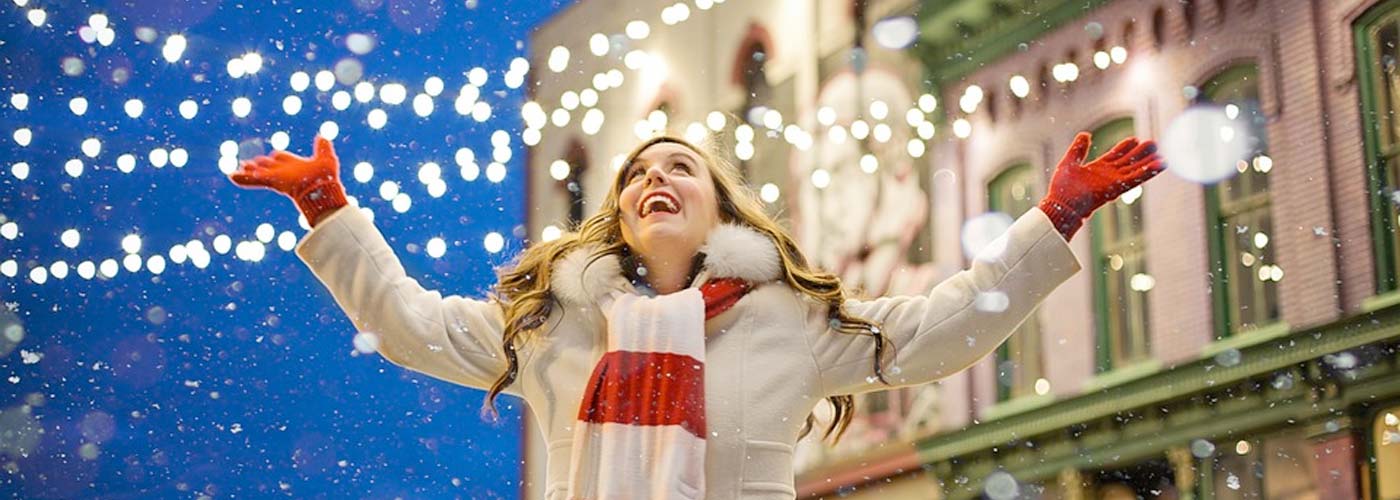Every year, as the world begins to darken and chill, it also begins to sparkle. Holiday lights become ubiquitous, dotting our landscapes with a symphony of color and warmth, twinkling against the night sky.
While these tiny points of brilliance may seem an inherent part of our holiday traditions, the story of how they came to be is a fascinating journey spanning cultures, continents, and centuries.
A Spark in the Darkness
The origin of holiday lights dates back centuries, and its roots are not solely embedded in Christmas. The concept of lighting up our world during the darkest days of the year is a universal theme found across different cultures and religions.
The Jewish holiday of Hanukkah, the ‘Festival of Lights,’ predates Christmas. The tradition involves lighting a candle on the menorah each night for eight nights, symbolizing the miracle of a day’s supply of oil in the temple lasting for eight days.
In India, the Hindu festival of Diwali, the ‘Festival of Lights,’ is celebrated with millions of lamps lit inside and outside homes. Diwali, which also predates Christmas, celebrates the victory of light over darkness and good over evil.
The Evolution of the Christmas Tree
The tradition of decorating trees during wintertime also has ancient roots. Pagans would bring branches of evergreen fir trees into their homes during the winter solstice to remind them that spring would return. With the spread of Christianity, this practice was adapted into the tradition of Christmas trees, first documented in Germany in the 16th century.
Initially, Christmas trees were decorated with edible treats and homemade trinkets. The concept of illuminating the tree with lights began in the 17th century when devout Christians in Germany started to decorate their Christmas trees with candles. These candles were a symbol of Christ being the light of the world.
From Flame to Electricity
The practice of using candles to light up Christmas trees was widespread but not without risks. This custom, while beautiful, unfortunately resulted in numerous fires. As electricity became more accessible in the late 19th century, the first string of electric Christmas lights was invented.
Edward H. Johnson, an associate of Thomas Edison, was the pioneer behind the first electrically illuminated Christmas tree. In 1882, Johnson hand-wired 80 red, white, and blue light bulbs and wrapped them around his Christmas tree, creating a safer and more colorful alternative to the traditional candles.
However, electric Christmas lights were initially a luxury few could afford. It was not until the 1920s, with advances in technology and reductions in cost, that electric holiday lights became widely available. In the following decades, this practice has been adopted and expanded worldwide.
The Significance of Holiday Lights
Holiday lights, in essence, are a beacon of hope, joy, and resilience. They symbolize the victory of light over darkness, of life over death. They unite communities, bridging gaps between different cultures and religions. They serve as a reminder that even in the heart of winter, there are points of brilliance and warmth.
In Mary’s Holiday Lights, these historical and cultural significance are embodied and shared. Each year, her home becomes a spectacle of light and color, drawing families from all around to partake in the shared joy of the season. It’s a testament to human ingenuity and the timeless desire to bring light to the darkest times.
So, as we marvel at the shimmering spectacle of holiday lights this year, let’s remember their rich and varied history. They’re more than a decoration; they’re a symbol of hope, unity, and the enduring spirit of celebration.

